Abandoned railroads
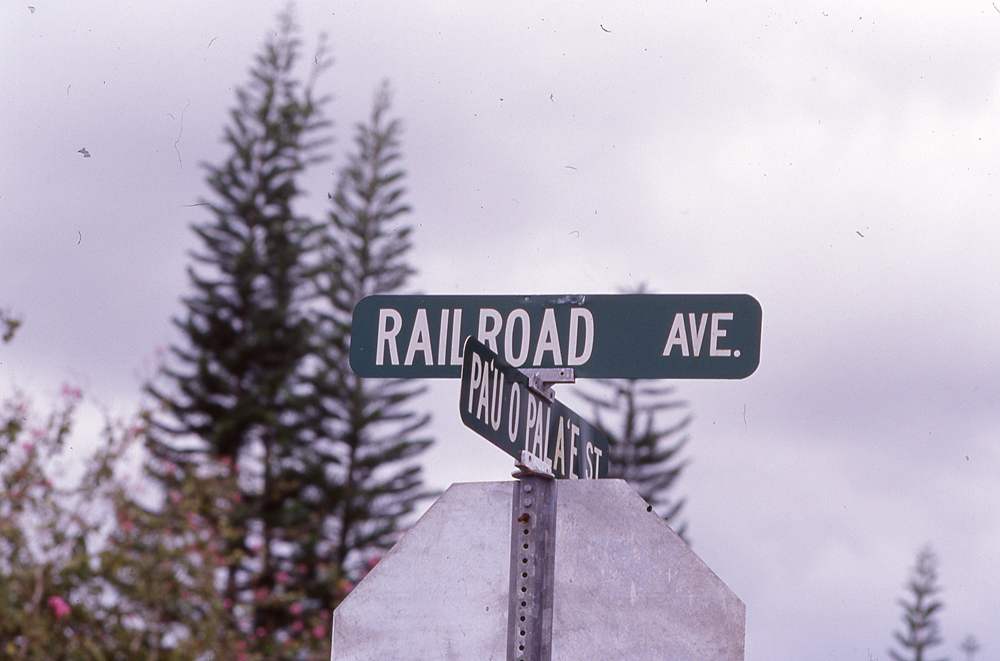
I enjoy traveling to the Hawaiian Islands. For me, it is a peaceful respite. But there is a down side. It’s not a great place to watch trains.
At one time, all the islands that made up the 50th state had some sort of rail transportation. There was steam, diesel, signaling, commuter service, freight service, sugar cane trains, and passenger service. On the Big Island, a combination of hurricanes wiping out infrastructure and paved roads able to withstand trucking were significant factors in their demise.
But it does not stop me from searching for their bones.
I like exploring all the islands that make up the state of Hawaii, but the one that intrigues me the most is the Big Island. It is incredibly diverse, with more climate and landscape variety than any of the other Hawaiian Islands. In terms of tourism, it is one of the less visited islands. For me, that translates into more of yesterday’s remnants that are still intact.
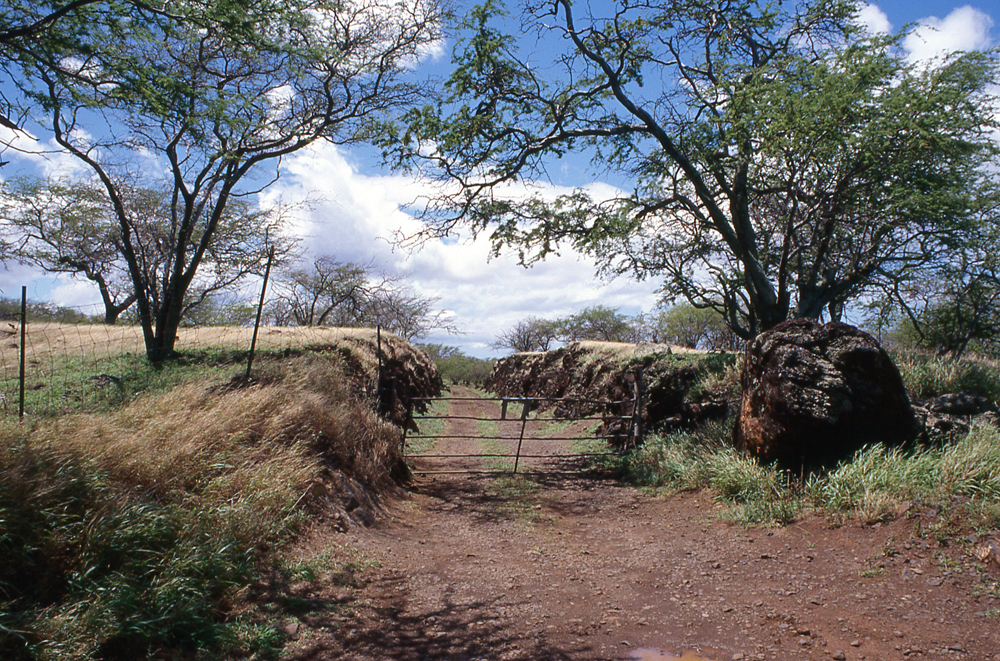
Hawaii today
There are no active commercial railroads on the Big Island today. But a brief look back into its history will find a number of operations once existed there, most notably the Hawaii Consolidated Railway, a standard gauge line that acted as a conduit to bring the various sugar cane operations to the processing plants from 1899 to its demise in 1946. Motive power included steam and rail buses.
HCR was not a fly-by-night operation. Anchored by the city of Hilo on the eastern side of the island, it had a main line and branch lines, and traversed deep canyons spanned by steel trestles.
Over its history, HCR and its predecessors had numerous owners that had to contend with washouts, and high maintenance-of-way costs.
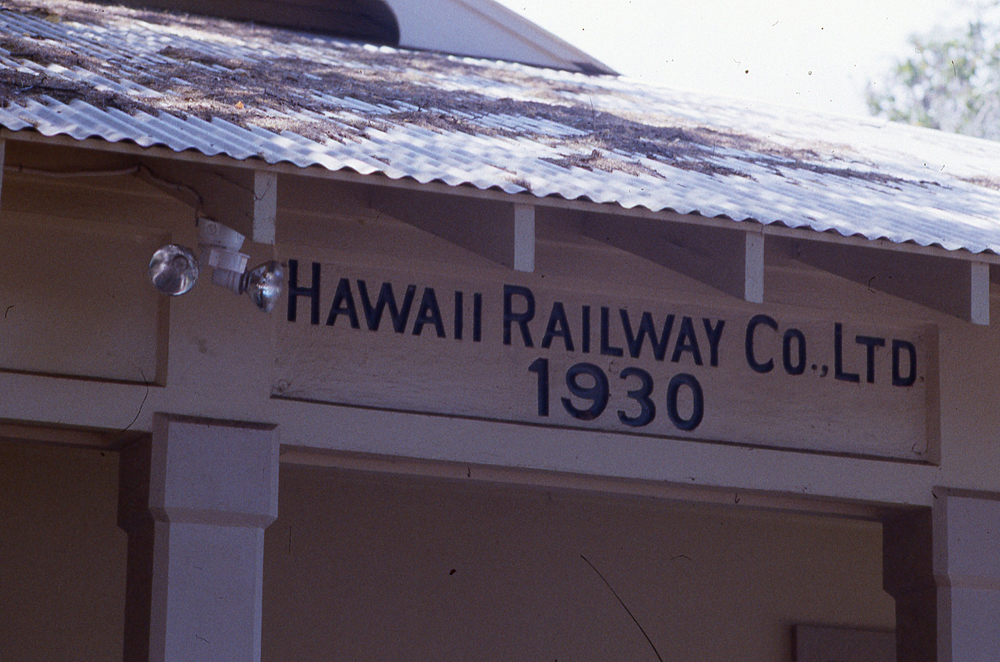
Ultimately it was nature, not man, that caused its demise. On April 1, 1946, a tsunami caused by an earthquake off the Aleutian Islands of Alaska hit Hilo and most of the island’s east coast. The aftermath was more than the railroad could handle, with many of its high trestles and parts of its right-of-way destroyed. The majority of its shippers switched to trucks and by the end of the year, the railroad ceased operations.
Aware of the island’s railroad history, I was curious to see what abandoned railroads remained. With a little searching I found enough to realize a nice little railroad infrastructure operated there. I was too late to see it in action, but was still able to locate its legacy.
In particular, driving in the proximity of what was the right-of-way, I found concrete buildings that not only survived the line’s abandonment but found new use in both the public and private sector, museums that included railroad history, and much to my surprise and delight, the HCR concrete roundhouse built in 1921, appropriately located on Railroad Avenue.
Was I born too late to see the Hawaiian Consolidated Railway in action? Unfortunately, yes. I was happy, however, to be able to document its remains, look out on the trackless right-of-way, and imagine.
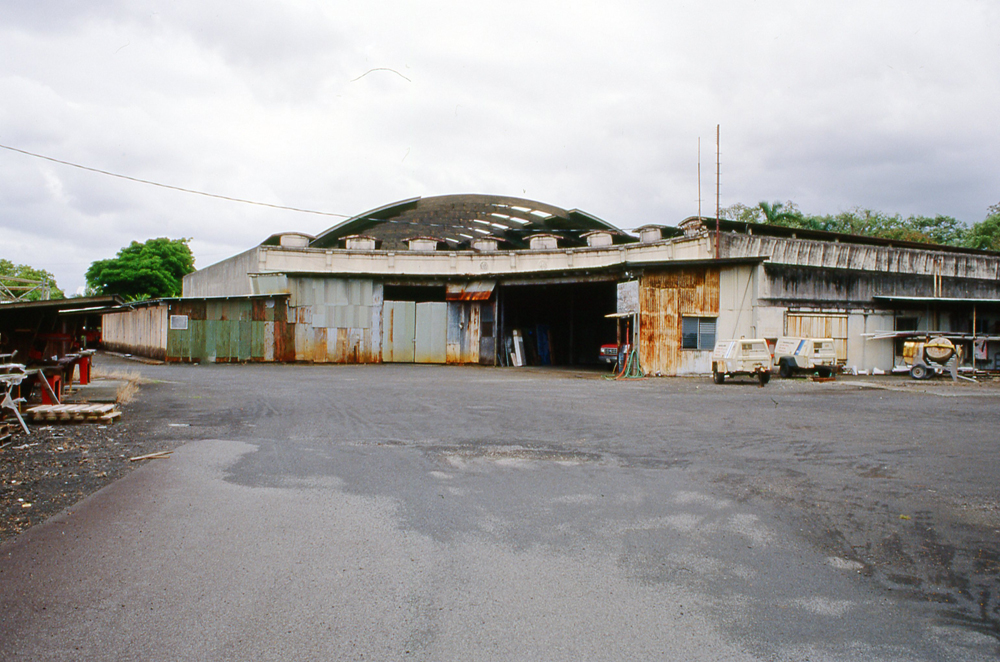






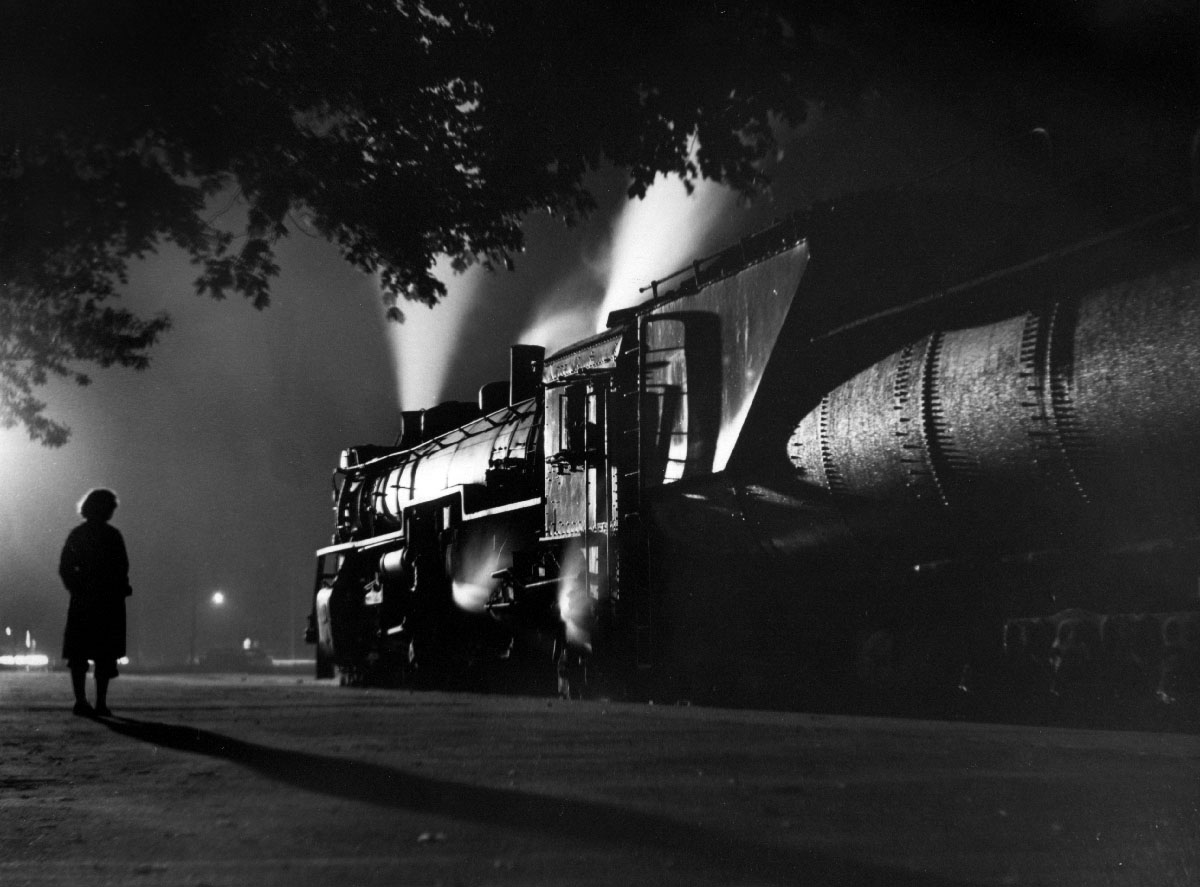
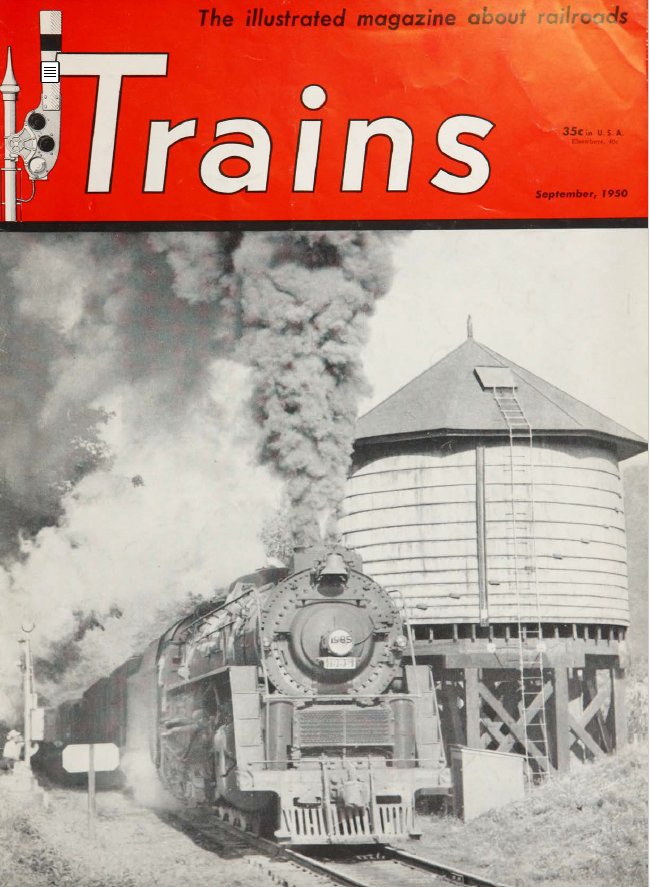

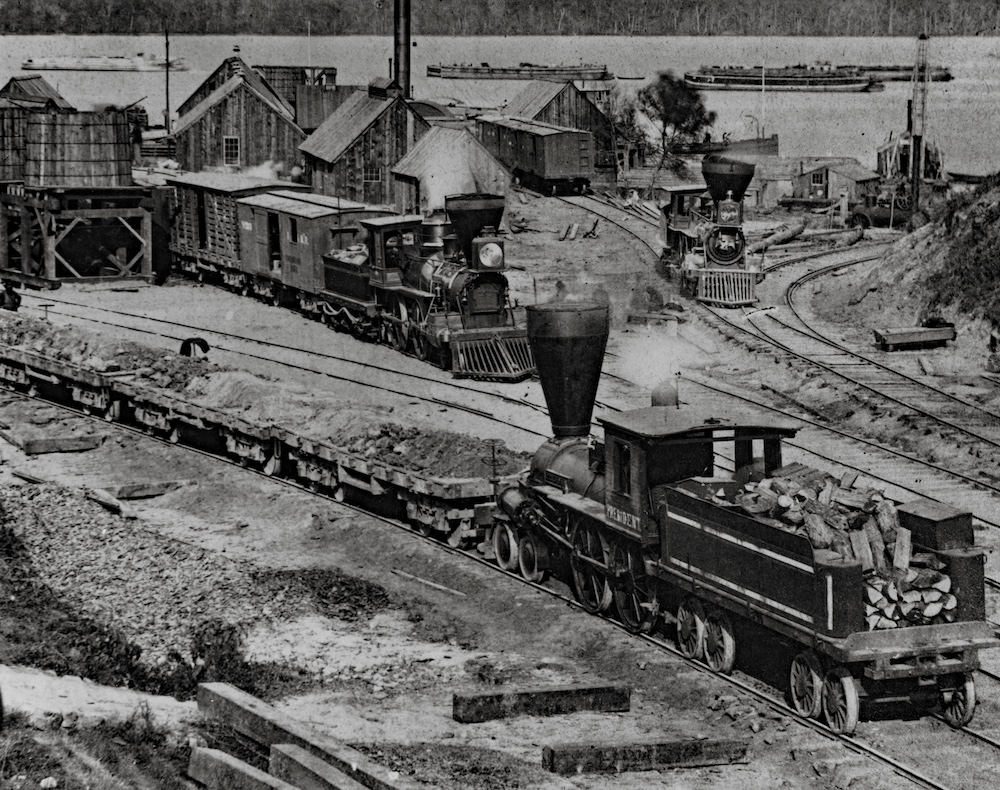




Thanks for the article on the railroads that used to serve the islands. I only visited the Hawaiian islands once and one was the big island. I knew there used to be railroads there but never found any evidence of them being there. Even here on the mainland we can find pieces of old railroad right of way or signs such as railroad Or depot street but there no longer is any railroad structures there.
I leave you with this bit of oddness:
Hawaii has interstate highways. Think about it.
The Jan 2012 issue of Model Railroader included a feature on a layout set in modern-day Hawaii, based on the idea that rail service never ended on the Big Island. It was wonderful to look at!
Hawaii is the 50th state. Alaska is the 49th.
Fixed. Thanks.